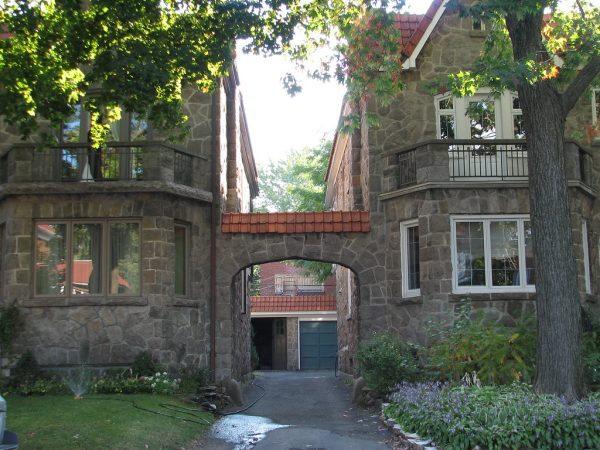In a world where innovation knows no bounds, connecting two houses has become more than just a possibility; it's a trend that's revolutionizing the way we think about living spaces. Whether you're looking to accommodate a growing family, create a unique shared living arrangement, or simply want to enhance convenience, bridging the gap between two houses can provide a seamless solution. Join us as we dive into the world of connected houses and explore the endless possibilities they offer.
Imagine waking up in the morning and strolling through a beautiful courtyard, crossing a small bridge, and stepping into your neighbor's home without ever leaving the comfort of your own property. Connecting two houses opens up a world of possibilities, allowing for increased space, shared resources, and a sense of community that traditional living arrangements often lack. From joint ventures like co-housing and multigenerational living to creating unique workspaces or expanding living areas, the power of connection offers endless benefits.
At the heart of connecting two houses lies the bridge, a physical link that unites two separate spaces into one harmonious living environment. The bridge can be more than just a functional passageway; it can become a design statement, an architectural masterpiece that blends seamlessly with the surrounding environment. From sleek modern designs to rustic wooden structures, the bridge not only connects physically but also symbolizes the unity and shared experiences between households.
Connecting two houses opens up a world of shared spaces that can enhance daily life. Imagine having a spacious shared kitchen, perfect for hosting dinner parties or cooking together as a family. Picture a communal living room where everyone can gather for movie nights or engaging conversations. From shared libraries and home offices to fitness areas or even indoor swimming pools, the possibilities for creating shared spaces are limited only by imagination. By combining resources and sharing amenities, the connected houses can offer a unique blend of privacy and communal living.
Creating a connected house requires thoughtful design and meticulous planning. It's essential to strike the right balance between maintaining individual privacy and fostering a sense of togetherness. Architects and designers play a crucial role in crafting functional layouts that allow for smooth transitions between the connected spaces while ensuring each household has its own distinct identity. Proper insulation, soundproofing, and zoning considerations are also vital to ensure the comfort and harmony of both households.
Perhaps one of the most rewarding aspects of connecting two houses is the opportunity it presents for building meaningful relationships with your neighbors. Shared spaces and proximity foster a sense of community, where neighbors become more than just acquaintances—they become friends and extended family members. From impromptu gatherings to collaborative projects, the bonds formed through living in connected houses can enrich your life in ways you never expected.

Connecting two houses is more than just an architectural feat; it's a way to reimagine the concept of home and community. By bridging the gap between households, we can create spaces that promote convenience, shared experiences, and a stronger sense of belonging. So, whether you're seeking a practical solution to expanding your living space or a desire to foster a closer-knit community, exploring the world of connected houses may be the key to unlocking a new dimension of modern living.
